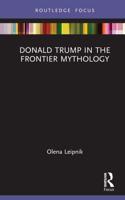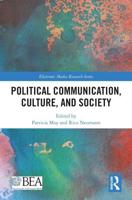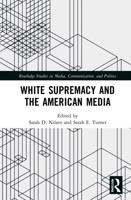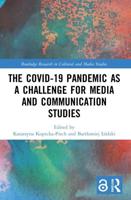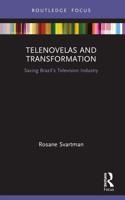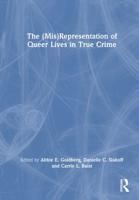Publisher's Synopsis
This book attempts to reveal historical dynamism of transforming contemporary Maritime Asia and to identify key driving forces or agencies for the evolution and transformation of Maritime Asia in the context of global history studies. It seeks to accomplish these goals by connecting different experiences in Maritime Asia both historically from the late early-modern to the present and spatially covering both East and Southeast Asia.
Focusing on interactions on and through oceans, seas, and islands, Maritime Asia can deal with any aspects of human society and the nature, including diplomacy, maritime trade, cultural exchange, identity and others. Its interest in supra-regional interactions and networks, migration and diaspora, combined with its microscopic concern with local and trans-border affairs, will surely contribute to the common task of contemporary social sciences and humanities, to relativize the conventional framework based on the nation-state.In this regard, research in Maritime Asia claims to be an integral part of global studies.
Part I deals with long-distance trade and diplomatic relations during the late early modern era and its transition to the modern era, mainly in the nineteenth century. Part II focuses on the emergence of transregional and trans-oceanic Asian networks and the original institution-building efforts in the Asia-Pacific region in the twentieth century.




